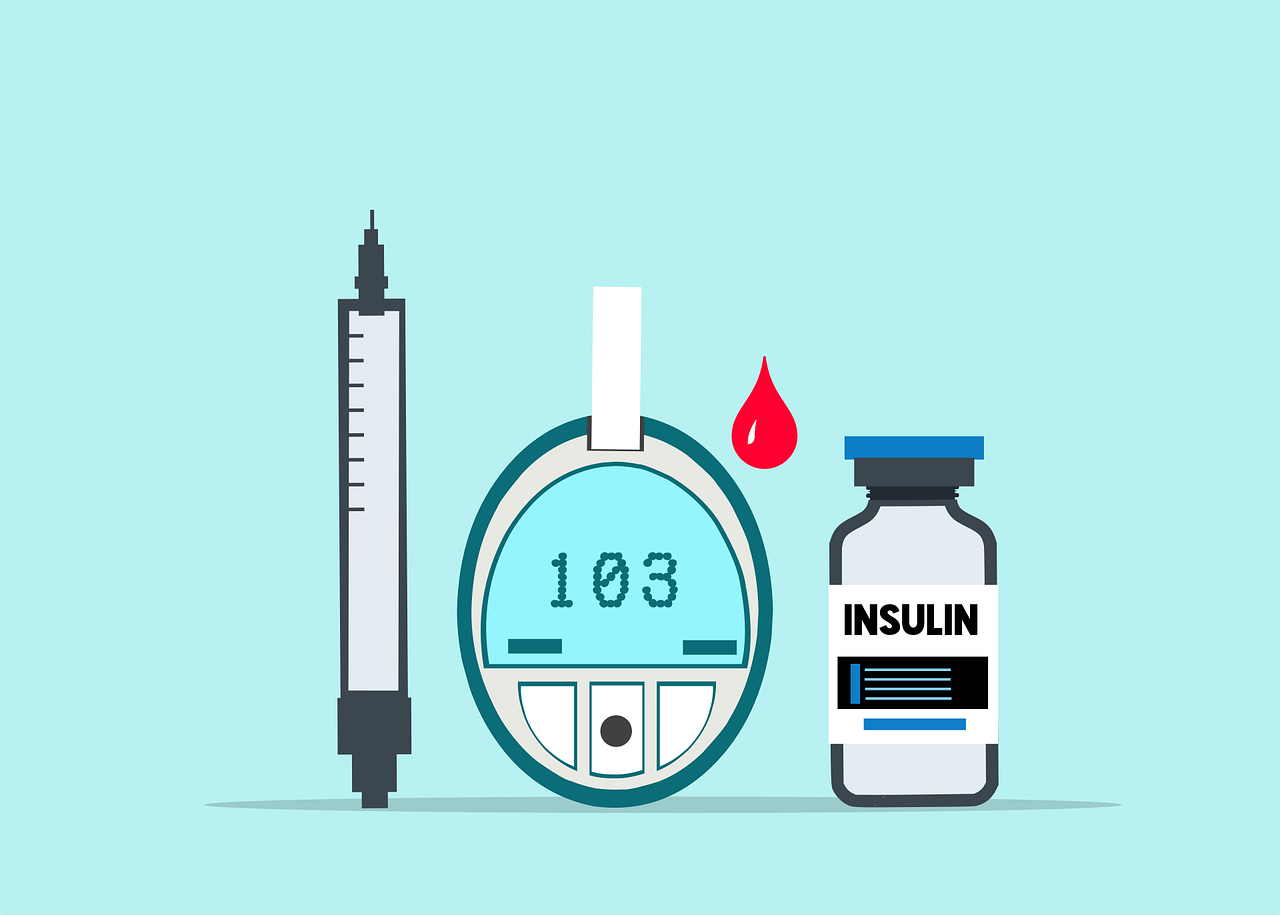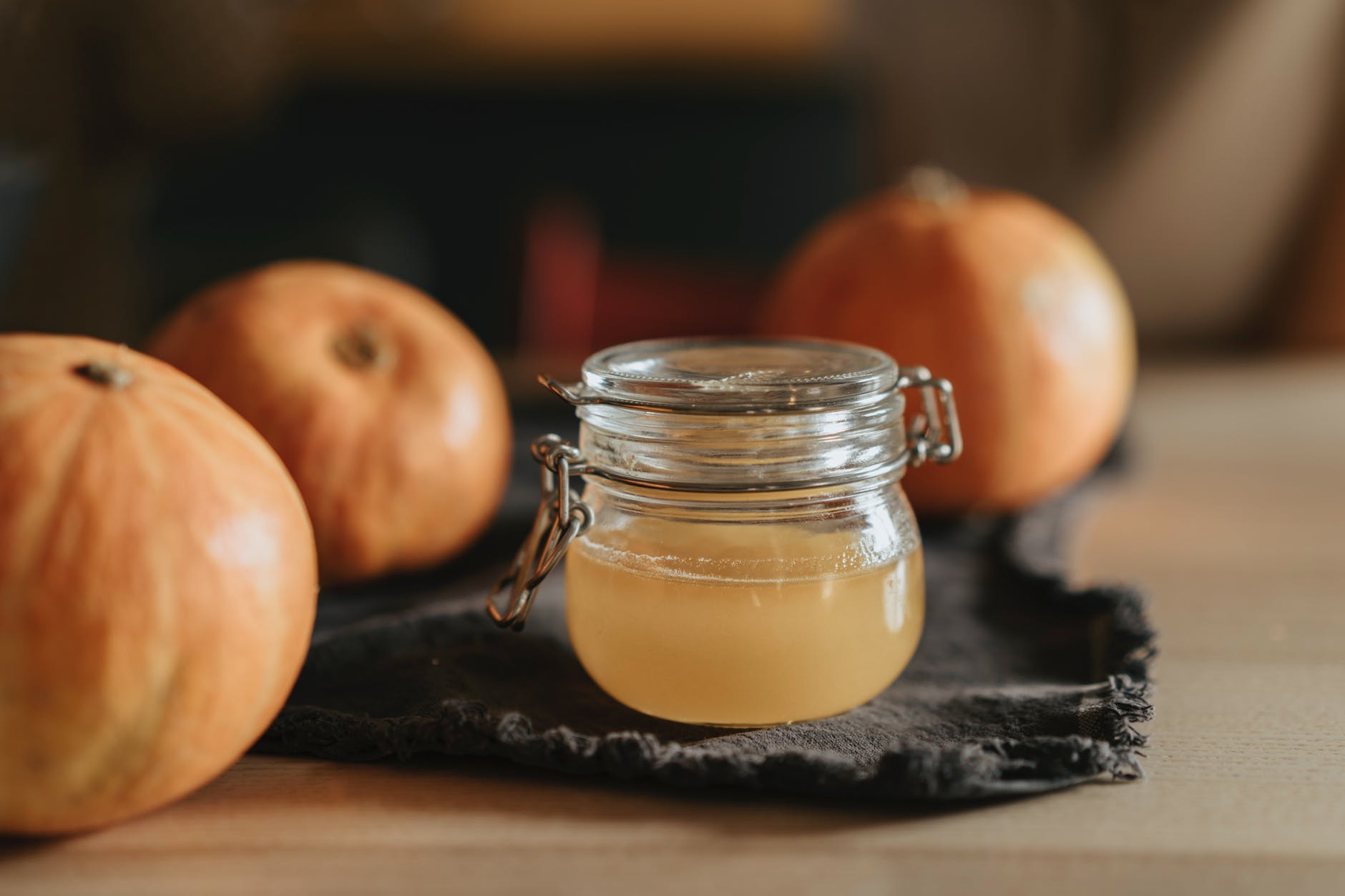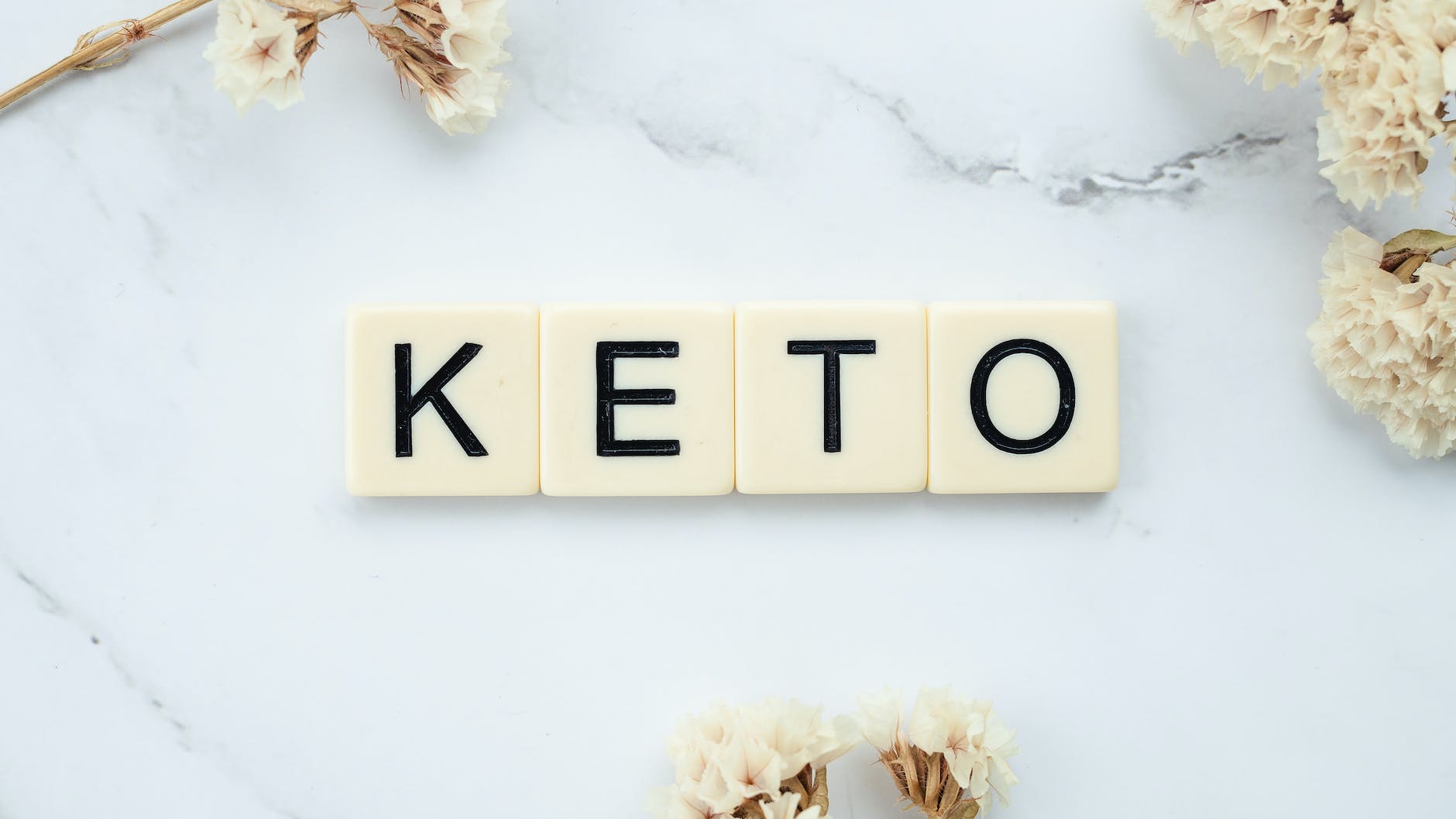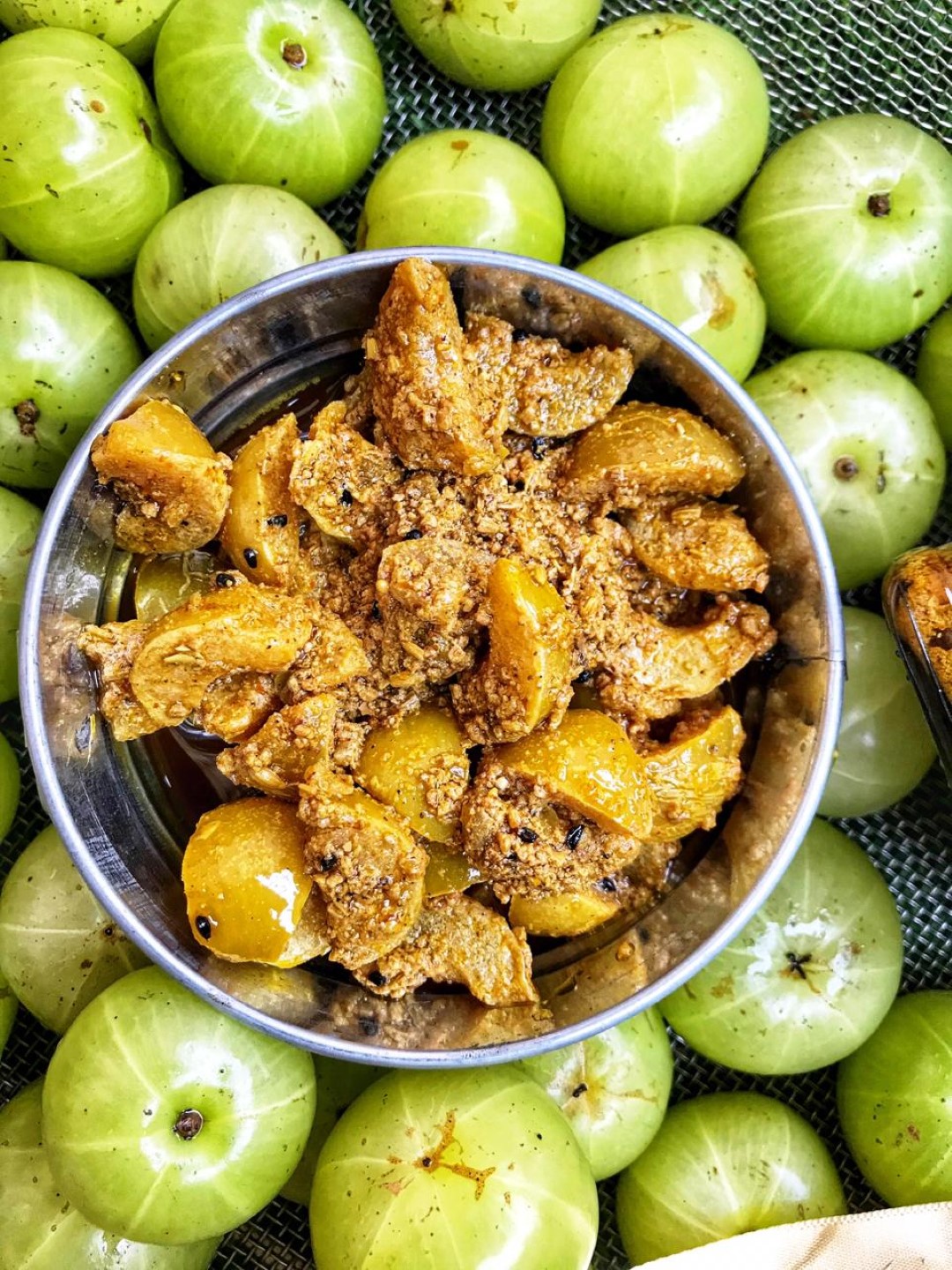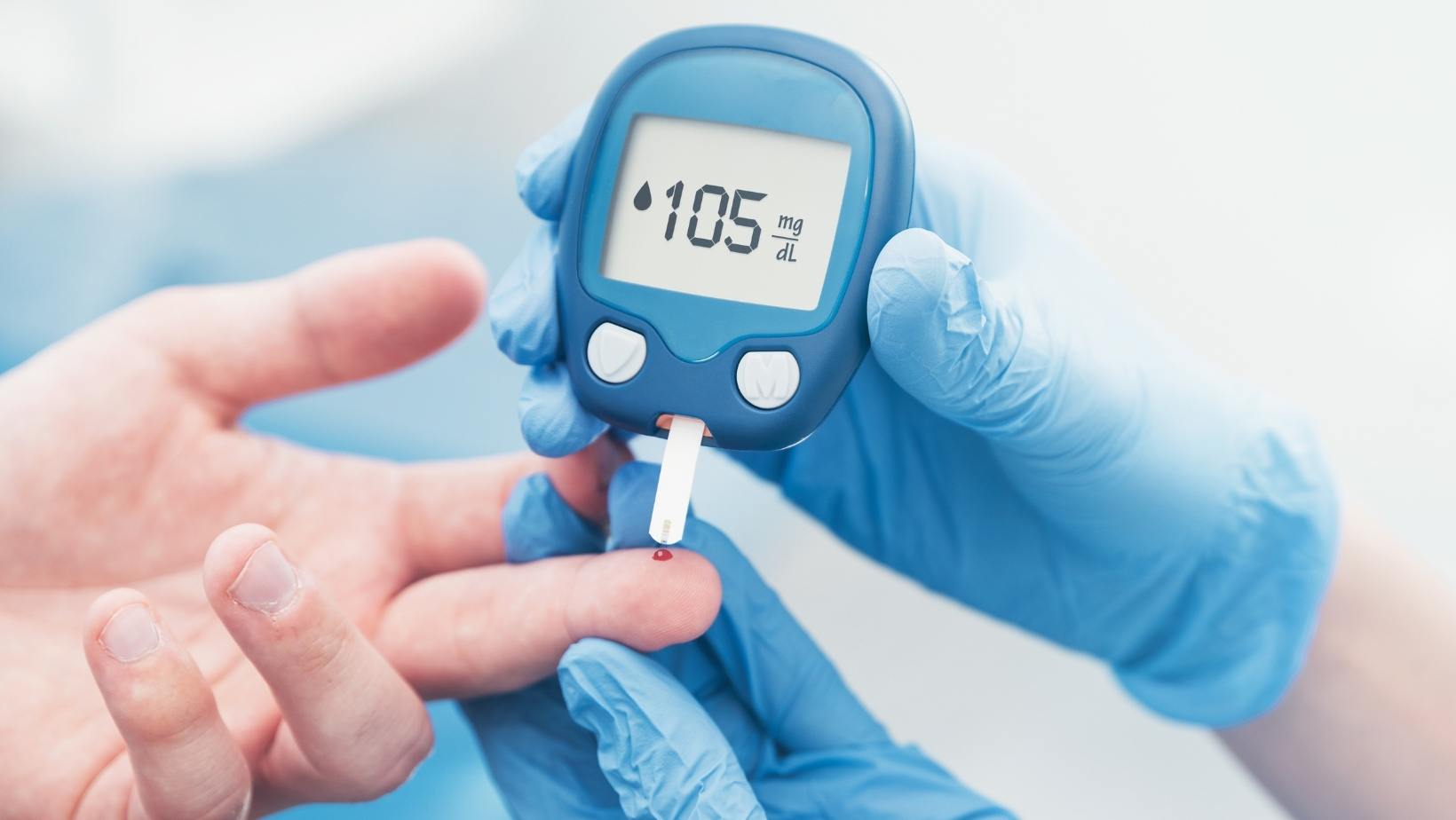
A Fruitful Guide for Diabetes: Making Smart Choices
Introduction: Maintaining a balanced diet is essential for individuals with diabetes, and incorporating fruits into their meal plans can provide valuable nutrients and fiber. In this comprehensive blog post, we will explore various fruits and their impact on blood sugar levels for individuals with diabetes. Let’s delve into the world of fruits and discover the ones that can be enjoyed as part of a healthy diabetes management plan.
🍏🍌🍊🍇🍉
1. What fruits are good for diabetes?
Several fruits are considered good options for individuals with diabetes due to their lower impact on blood sugar levels. Some recommended fruits include berries (such as strawberries, blueberries, and raspberries), citrus fruits (like oranges and grapefruits), apples, and cherries. These fruits offer essential vitamins, minerals, and dietary fiber while being relatively lower in natural sugars.
2. What two fruits should a diabetic avoid?
While fruits are generally healthy, there are a couple of fruits that individuals with diabetes should be cautious about due to their higher sugar content. These fruits are bananas and grapes. While they provide valuable nutrients, they have a higher glycemic index and can cause a more significant impact on blood sugar levels compared to other fruits. It’s important to consume them in moderation and be mindful of portion sizes.
3. What fruit lowers blood sugar?
Certain fruits have shown potential in helping to lower blood sugar levels. Examples include berries, such as blueberries and strawberries, which are rich in antioxidants and have been linked to improved blood sugar control. Additionally, citrus fruits like oranges and grapefruits have a relatively lower impact on blood sugar levels due to their fiber content. Incorporating these fruits into a balanced diet can support overall blood sugar management.
4. Can we eat papaya in diabetes?
Papaya is a tropical fruit with a moderate glycemic index, meaning it can cause a gradual rise in blood sugar levels. While it contains natural sugars, it also offers essential vitamins, minerals, and dietary fiber. As with any fruit, moderation is key. Individuals with diabetes can enjoy papaya as part of a well-balanced meal plan, considering portion sizes and monitoring their blood sugar levels.
5. Is guava good for diabetes?
Guava is a nutritious fruit that can be beneficial for individuals with diabetes. It has a low glycemic index, which means it has a minimal impact on blood sugar levels. Guava is also rich in dietary fiber, which helps regulate blood sugar levels and promotes digestive health. It’s a great choice for adding variety to the fruit selection in a diabetes-friendly diet.
6. Is apple good for diabetes?
Apples are widely available and offer numerous health benefits. They contain soluble fiber, which can help slow down the digestion and absorption of sugar. Apples also provide essential vitamins, minerals, and antioxidants. However, it’s important to consume apples in moderation, as they do contain natural sugars. Opt for fresh, whole apples rather than processed apple products to maximize their nutritional benefits.
7. Is pomegranate good for diabetes?
Pomegranates are rich in antioxidants and offer various health benefits. They have a low glycemic index and contain beneficial compounds that may help improve insulin sensitivity. However, due to their natural sugar content, portion control is important. Enjoying a small serving of pomegranate seeds or incorporating them into salads or smoothies can be a delicious and nutritious addition to a diabetes-friendly diet.
8. Can diabetics eat coconut water?
Coconut water is a refreshing beverage that is low in calories and rich in electrolytes. It is a natural source of hydration and contains some natural sugars. While it can be enjoyed by individuals with diabetes, portion control is key due to its sugar content. It’s advisable to monitor blood sugar levels and consider incorporating coconut water as part of an overall balanced meal plan.
9. Is banana good for diabetes?
Bananas, while nutritious, have a relatively higher glycemic index and contain natural sugars. Therefore, individuals with diabetes should consume them in moderation and consider the portion size. Opting for smaller, less ripe bananas can be a better choice as they contain less sugar. It’s important to balance the consumption of bananas with other low-glycemic fruits and a variety of nutrient-dense foods.
10. Are dates good for diabetes?
Dates are high in natural sugars and have a high glycemic index. As a result, they can cause a significant increase in blood sugar levels. Individuals with diabetes should consume dates in moderation or avoid them altogether, especially if their blood sugar control is a primary concern. It’s best to opt for lower-sugar fruits with a lower glycemic impact.
11. Is carrot good for diabetes?
Carrots are a nutritious vegetable that can be enjoyed by individuals with diabetes. They are low in calories, rich in fiber, and packed with vitamins and minerals. While carrots do contain natural sugars, their glycemic impact is relatively low due to their high fiber content. As part of a balanced meal plan, carrots can be a healthy addition, providing valuable nutrients without causing significant spikes in blood sugar levels.
12. Is almond good for diabetes?
Almonds are a nutrient-dense food that offers numerous health benefits. They are low in carbohydrates and rich in healthy fats, fiber, and protein. Almonds have a minimal impact on blood sugar levels and can help promote feelings of fullness and satiety. As a snack option, almonds can be a good choice for individuals with diabetes. However, it’s important to consider portion sizes due to their calorie density.
13. Is mosambi (sweet lime) good for diabetes?
Mosambi, or sweet lime, is a citrus fruit with a relatively lower glycemic index. It contains dietary fiber and essential vitamins, making it a suitable choice for individuals with diabetes. However, portion control is important, as consuming large quantities can lead to a significant impact on blood sugar levels. Incorporate mosambi as part of a balanced meal plan, and monitor your blood sugar response accordingly.
14. Is potato good for diabetes?
Potatoes have a high glycemic index, and their consumption can lead to a rapid increase in blood sugar levels. Therefore, individuals with diabetes should consume potatoes in moderation and be mindful of portion sizes. Opt for smaller portions, choose healthier cooking methods (such as baking or boiling instead of frying), and consider pairing potatoes with protein or fiber-rich foods to help mitigate their impact on blood sugar levels.
15. Are grapes good for diabetes?
Grapes, although they offer health benefits, have a moderate to high glycemic index. They contain natural sugars, and consuming them in large quantities can cause a notable increase in blood sugar levels. It’s advisable for individuals with diabetes to consume grapes in moderation, considering portion sizes and balancing them with other lower-glycemic fruits.
16. Is sugarcane juice safe for diabetics?
Sugarcane juice has a high sugar content and can cause a significant spike in blood sugar levels. It is not recommended for individuals with diabetes, as it can disrupt blood sugar control. It’s best to avoid sugarcane juice and opt for healthier, lower-sugar beverage options such as water, unsweetened tea, or infused water with fruits or herbs.
17. Is khajoor (dates) good for diabetes?
Dates, or khajoor, have a high natural sugar content and a high glycemic index. They can lead to a rapid increase in blood sugar levels and are not recommended for individuals with diabetes, especially those aiming to manage their blood sugar levels. It’s advisable to choose other fruits with lower sugar content and a lower impact on blood glucose control.
18. Is amla juice good for diabetes?
Amla, also known as Indian gooseberry, is a fruit known for its medicinal properties. It contains vitamin C, antioxidants, and dietary fiber. Amla juice has a low glycemic index and may help regulate blood sugar levels. However, individual responses may vary, and it’s important to monitor blood sugar levels when incorporating amla juice into a diabetes management plan. Consulting with a healthcare professional or dietitian can provide personalized guidance.
19. Does pomegranate increase blood sugar?
Pomegranates have a moderate glycemic index, meaning they can cause a gradual rise in blood sugar levels. While they contain natural sugars, they also provide valuable antioxidants, vitamins, and dietary fiber. As with any fruit, moderation is key, and individuals with diabetes should consider portion sizes and monitor their blood sugar levels when consuming pomegranate.
20. Can diabetic patients eat mango?
Mangoes are delicious fruits, but they have a high glycemic index and contain natural sugars. Individuals with diabetes should be cautious when consuming mangoes, as they can cause a significant impact on blood sugar levels. It’s advisable to consume mangoes in moderation, consider portion sizes, and balance them with other low-glycemic fruits and nutrient-dense foods.
21. Can diabetics eat apple?
Apples are generally considered a good fruit choice for individuals with diabetes. They are rich in fiber, vitamins, and antioxidants, and have a relatively low glycemic index. Consuming apples in moderation and as part of a balanced meal plan can be beneficial for individuals with diabetes. However, individual responses may vary, and it’s important to monitor blood sugar levels and adjust portion sizes accordingly.
22. Can diabetics eat banana every day?
Eating bananas every day for individuals with diabetes can be a concern due to their higher glycemic index and natural sugar content. While bananas provide valuable nutrients, it’s important to consume them in moderation and consider portion sizes. Choosing smaller, less ripe bananas and balancing their consumption with other lower-glycemic fruits and nutrient-dense foods is advised.
23. Is papaya good for diabetes?
Papaya is a fruit with a moderate glycemic index and is considered suitable for individuals with diabetes. It offers essential vitamins, minerals, and dietary fiber. Consuming papaya in moderation and considering portion sizes can be a part of a healthy, balanced meal plan for individuals with diabetes.
24. Is pineapple good for diabetes?
Pineapple has a relatively higher glycemic index due to its natural sugar content. As a result, individuals with diabetes should consume pineapple in moderation and be mindful of portion sizes. Balancing pineapple with other lower-glycemic fruits and incorporating it into a well-rounded meal plan can help manage blood sugar levels effectively.
25. Can diabetics eat dates?
Dates have a high glycemic index and contain natural sugars, making them a concern for individuals with diabetes. It’s best to consume dates in moderation or avoid them altogether, especially if blood sugar control is a primary focus. Choosing fruits with lower sugar content and a lower glycemic impact is generally recommended for individuals with diabetes.
26. Can diabetics drink coconut water?
Coconut water is a refreshing beverage that can be enjoyed by individuals with diabetes. It is low in calories and provides electrolytes, making it a natural source of hydration. However, it contains some natural sugars, so portion control is essential. Monitoring blood sugar levels and incorporating coconut water as part of an overall balanced meal plan can be beneficial for individuals with diabetes.
27. Is orange good for diabetes?
Oranges are citrus fruits that offer numerous health benefits. They are low in calories, rich in vitamin C, and have a moderate glycemic index. Oranges contain dietary fiber, which helps regulate blood sugar levels. Consuming oranges in moderation and considering portion sizes can be a healthy choice for individuals with diabetes.
28. Is beetroot good for diabetes?
Beetroot is a root vegetable that can be beneficial for individuals with diabetes. It contains dietary fiber, vitamins, minerals, and antioxidants. The glycemic impact of beetroot is relatively low. However, it’s important to consume beetroot in moderation, as it does contain carbohydrates. Incorporating beetroot into a balanced meal plan and monitoring blood sugar levels is advisable for individuals with diabetes.
29. Is tomato good for diabetes?
Tomatoes are low in calories, rich in vitamins, and have a low glycemic index. They are considered a suitable choice for individuals with diabetes. Tomatoes contain beneficial compounds such as lycopene, which has antioxidant properties. Including tomatoes in a diabetes-friendly meal plan, whether fresh or in cooked dishes, can contribute to a healthy, balanced diet.
30. Can diabetics eat carrots?
Carrots are root vegetables that offer various health benefits. They are low in calories, high in dietary fiber, and contain essential vitamins and minerals. Carrots have a relatively low glycemic index and can be a part of a diabetes-friendly meal plan. However, it’s important to consider portion sizes and overall carbohydrate intake to effectively manage blood sugar levels.
31. Can diabetes eat pumpkin?
Pumpkin is a nutrient-rich vegetable that can be a part of a diabetes-friendly diet. It is low in calories, high in dietary fiber, and packed with vitamins and minerals. Pumpkin has a relatively low glycemic index, which means it has a minimal impact on blood sugar levels. However, portion control and balancing it with other foods in a meal plan are important considerations.
32. Is cucumber good for a diabetic patient?
Cucumbers are low in calories, refreshing, and hydrating. They are a good choice for individuals with diabetes as they have a low glycemic index and contain a high amount of water, which can help with hydration. Cucumbers also provide fiber and certain vitamins and minerals. They can be enjoyed in salads, as a snack, or as a crunchy addition to meals.
33. Is corn good for a diabetic?
Corn can be included in moderation as part of a diabetes meal plan. It is a starchy vegetable, so it contains carbohydrates that can affect blood sugar levels. It’s important to consider portion sizes and balance corn intake with other nutrient-dense foods. Opting for whole corn rather than processed corn products is generally a better choice.
34. Is cabbage good for diabetes?
Cabbage is a cruciferous vegetable that is low in calories and carbohydrates. It is high in fiber, vitamins, and minerals. Cabbage has a low glycemic index and can be beneficial for individuals with diabetes. It can be enjoyed raw in salads, added to stir-fries, or cooked in various dishes as a nutritious and diabetes-friendly vegetable option.
35. Is beetroot good for type 2 diabetes?
Beetroot is a root vegetable that offers several health benefits, including potential positive effects on blood pressure and cardiovascular health. It is low in calories and has a moderate glycemic index. Beetroot is rich in dietary fiber, vitamins, minerals, and antioxidants. However, due to its natural sugar content, portion control and monitoring blood sugar levels are important for individuals with diabetes.
36. Is pomegranate good for diabetes?
Pomegranates are fruits that offer numerous health benefits. They are rich in antioxidants, vitamins, and minerals. Pomegranates have a moderate glycemic index and can be enjoyed as part of a diabetes-friendly diet. However, individuals with diabetes should consume them in moderation, considering portion sizes and overall carbohydrate intake.
37. Can a diabetic eat apple?
Yes, apples can be included in a diabetes meal plan. They are low in calories, high in fiber, and contain important vitamins and antioxidants. Apples have a moderate glycemic index, which means they have a moderate impact on blood sugar levels. Consuming apples in moderation and considering portion sizes can be a healthy choice for individuals with diabetes.
38. Can a diabetic eat bananas every day?
Eating bananas every day for individuals with diabetes can be a concern due to their higher glycemic index and natural sugar content. While bananas provide valuable nutrients, it’s important to consume them in moderation and consider portion sizes. Choosing smaller, less ripe bananas and balancing their consumption with other lower-glycemic fruits and nutrient-dense foods is advised.
39. Is papaya good for diabetes?
Papaya is a fruit with a moderate glycemic index and is considered suitable for individuals with diabetes. It offers essential vitamins, minerals, and dietary fiber. Consuming papaya in moderation and considering portion sizes can be a part of a healthy, balanced meal plan for individuals with diabetes.
40. Is pineapple good for diabetes?
Pineapple has a relatively higher glycemic index due to its natural sugar content. As a result, individuals with diabetes should consume pineapple in moderation and be mindful of portion sizes. Balancing pineapple with other lower-glycemic fruits and incorporating it into a well-rounded meal plan can help manage blood sugar levels effectively.
41. Can diabetics eat dates?
Dates have a high glycemic index and contain natural sugars, making them a concern for individuals with diabetes. It’s best to consume dates in moderation or avoid them altogether, especially if blood sugar control is a primary focus. Choosing fruits with lower sugar content and a lower glycemic impact is generally recommended for individuals with diabetes.
42. Can diabetics drink coconut water?
Coconut water is a refreshing beverage that can be enjoyed by individuals with diabetes. It is low in calories and provides electrolytes, making it a natural source of hydration. However, it contains some natural sugars, so portion control is essential. Monitoring blood sugar levels and incorporating coconut water as part of an overall balanced meal plan can be beneficial for individuals with diabetes.
43. Is amla juice good for diabetes?
Amla, also known as Indian gooseberry, is a fruit known for its medicinal properties. Amla juice has a low glycemic index and may help regulate blood sugar levels. However, individual responses may vary, and it’s important to monitor blood sugar levels when incorporating amla juice into a diabetes management plan. Consulting with a healthcare professional or dietitian can provide personalized guidance.
Remember, individual responses to fruits may vary, and it’s essential to monitor blood sugar levels, consider portion sizes, and work with a healthcare professional or registered dietitian to create a personalized meal plan that suits your specific needs and preferences.
Blog Tags: Diabetes Management, Fruits for Diabetes, Blood Sugar Control, Healthy Eating, Nutritional Tips
